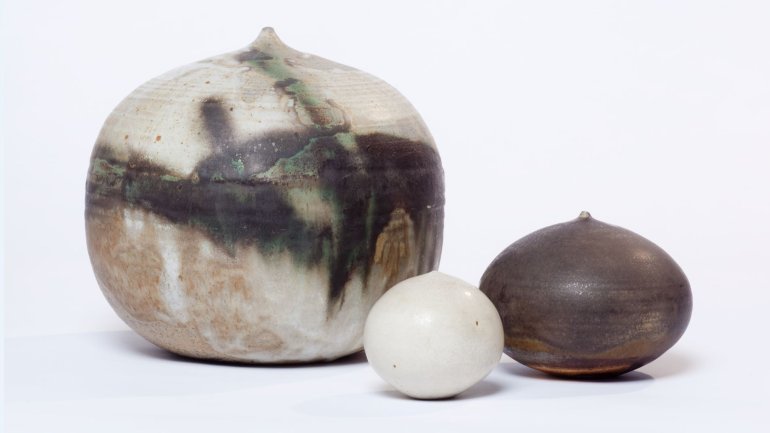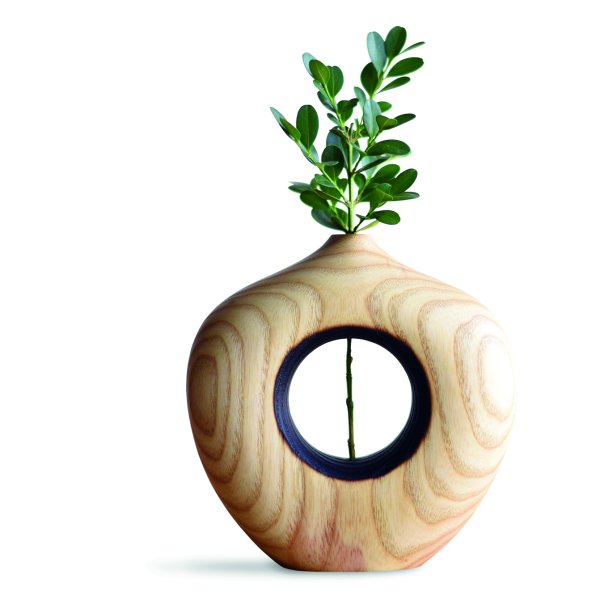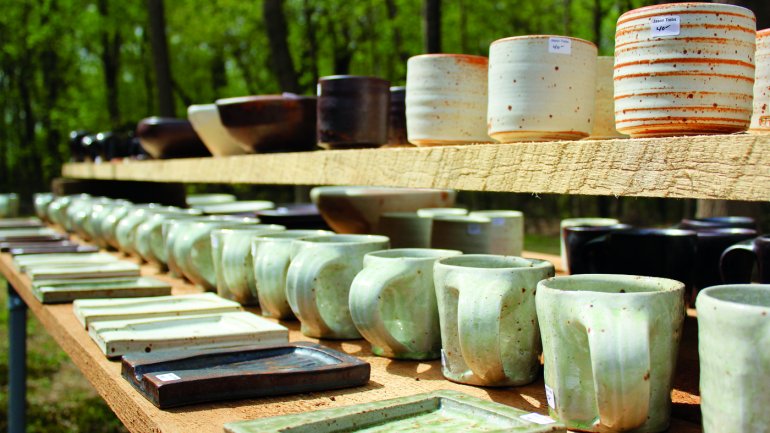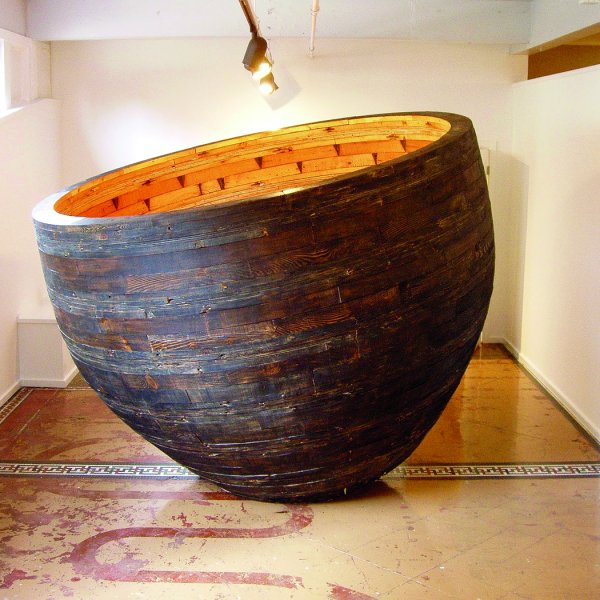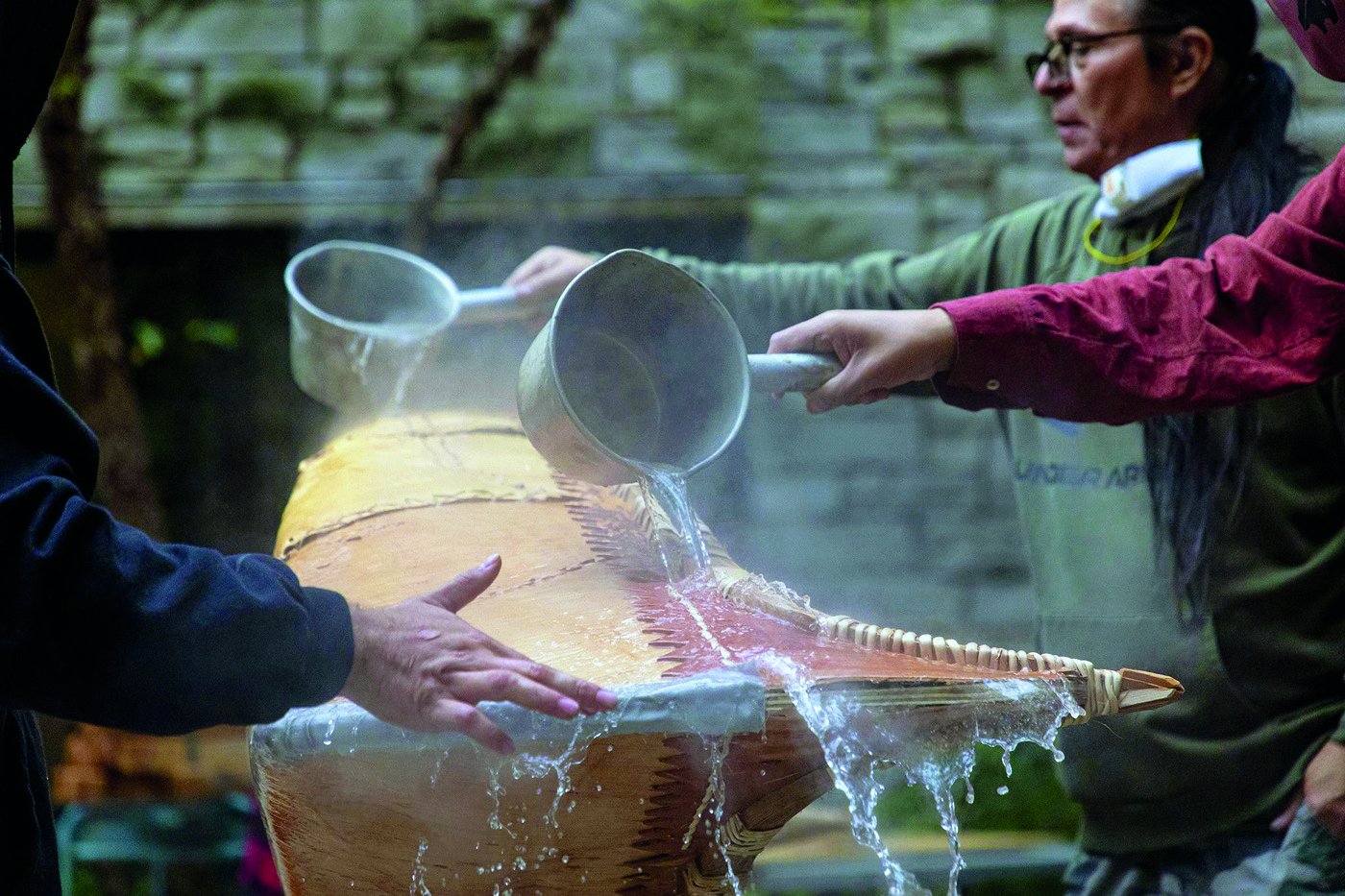What's in a Vessel?
Five artists describe the construction of their extraordinary vessels and reveal what they hold.
By Juan Barroso, Kiva Ford, Didi Suydam, Sharif Bey, and Hyunsoo Alice Kim
March 16, 2023

juanbarrosoart.com | @juan_barroso_art

Photo courtesy of Juan Barroso
Honoring the Janitor
Never miss a story.
Log in as a member to continuing reading.
We believe that making creates a meaningful world, and we hope you do, too. Become an ACC member to get unlimited access to all of our online stories along with issues of American Craft mailed to your doorstep.

